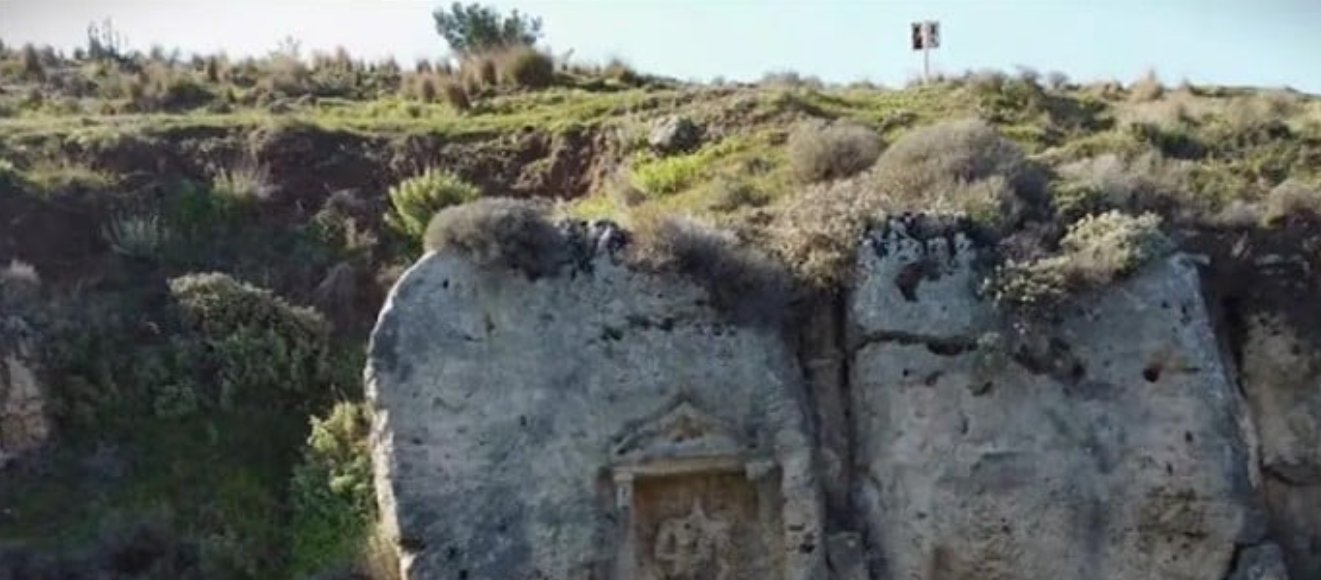We already talked about the dog names used in ancient Greece, but let’s discuss animals in another key. Greek art is renowned for its exquisite beauty, attention to detail, and captivating storytelling. From the breathtaking sculptures of gods and heroes to the intricate patterns adorning pottery, the ancient Greeks left an indelible mark on the art world. But beyond the human figures that dominate much of Greek art, animals also played a significant role in their artistic expression. Join me on a journey through Greek art's fascinating world of animals, where myth and reality intertwine.
In ancient Greece, animals held a special place in the hearts and minds of the people. They were a part of their everyday lives and featured prominently in their mythology and religious beliefs. From mythical creatures to the ordinary animals that roamed the countryside, the Greeks found inspiration in the diverse animal kingdom.
One of the most iconic creatures in Greek art is the mythical griffin. With a lion's body and an eagle's head and wings, the griffin symbolized strength, wisdom, and divine power. It frequently appeared in sculptures, paintings, and even on pottery. The Greeks believed that griffins guarded treasure and were fierce protectors of the divine realm. These majestic creatures served as a bridge between the mortal and immortal worlds, capturing the imagination of artists and viewers alike.
Another mythical creature that captured the Greek imagination was the centaur. Half-human and half-horse centaurs were often depicted in scenes of battle or hunting. They embodied man's dual nature, representing civilization and untamed wilderness. Centaurs were often portrayed as wild and unruly, contrasting the civilized human figures that shared the same artistic space. This juxtaposition highlighted the struggle between man's noble aspirations and his primal instincts.
While mythical creatures were prominent in Greek art, the everyday animals that populated the Greek landscape were not overlooked. Greek artists meticulously observed and depicted various animals, capturing their unique characteristics and behaviors. Birds, for example, were a common motif in pottery decoration. From the graceful flight of the eagle to the lively chatter of sparrows, birds symbolized freedom, beauty, and the divine messenger between humans and the gods.
The Greeks also had a deep appreciation for the noble horse. These magnificent animals were often depicted in sculpture, capturing their power and grace. Horses played a crucial role in Greek society, serving as loyal companions in war, transport, and sports. Their representation in art emphasized their importance in everyday life and showcased the artist's skill in capturing their essence.
Another animal frequently depicted in Greek art was the mighty bull. Bulls held a significant religious and symbolic meaning in ancient Greece. They were associated with fertility, strength, and power. The famous Bull-Leaping fresco from the Palace of Knossos in Crete is a remarkable example of the Greeks' fascination with these creatures. This breathtaking artwork portrays acrobats performing daring leaps over the back of a charging bull, demonstrating the Greeks' reverence for the bull's strength and agility.
In addition to these well-known animals, a wide variety of other creatures found their way into Greek art. Dolphins, fish, lions, snakes, and even insects appeared in various forms of artistic expression. Whether as symbols of divine power, representatives of the natural world, or elements of narrative storytelling, these animals added depth and complexity to Greek art.
But why were animals so prevalent in Greek art? For the ancient Greeks, art was not just about aesthetics; it was a medium for storytelling, conveying ideas, and expressing religious beliefs.
Animals, with their rich symbolism and connection to both the natural and supernatural realms, provided a powerful means of communication. They served as allegories, reinforcing cultural values, and mythological narratives, bringing the stories of gods, heroes, and everyday life to life in a relatable and engaging way.
The depiction of animals in Greek art also reflected the Greeks' deep connection to nature. They recognized the interconnectedness of all living beings and saw animals as part of the larger cosmic order. By incorporating animals into their artwork, the Greeks celebrated the beauty and diversity of the natural world while acknowledging their place within it.
Furthermore, animals in Greek art often served as symbols of virtues or vices. For instance, the owl, associated with wisdom, and Athena, the goddess of wisdom, represented intellectual prowess and strategic thinking. On the other hand, the snake symbolizes both healing and deceit, representing the dual nature of medicine and cunning.
These symbolic associations allowed the Greeks to convey complex ideas and moral lessons through their artistic creations.
In addition to their symbolic significance, animals in Greek art also showcased the skill and craftsmanship of the artists. Greek sculptors and painters demonstrated their mastery by meticulously capturing various creatures' anatomy, movement, and personality. The attention to detail, the play of light and shadow, and the intricate patterns in animal motifs displayed the artists' dedication to their craft.
Ah, and we mustn't forget to mention the beloved feline friends that found their way into Greek art—cats! While not as prevalent as some other animals in Greek art, cats did hold a special place in Greek society. These enigmatic creatures were often associated with the goddess Bastet in Egyptian mythology, who was later identified with the Greek goddess Artemis.
Cats were admired for their grace, agility, and mysterious nature. Although they were not as prominently featured as larger animals like horses or bulls, they made occasional appearances in pottery and sculptures. There were no demonstrated specific breeds of cat, but still, the imagery was impressive. Artists skillfully captured the sleek form and playful demeanor of cats, infusing their depictions with a sense of curiosity and independence.
It is important to note that animals in Greek art were not merely decorative elements but integral components of the overall composition. They were carefully placed to enhance the narrative, evoke emotions, or create a sense of harmony. Animals actively shaped visual storytelling in a dramatic battle scene, a serene landscape, or a mythological tale.
With its vibrant portrayal of animals, Greek art continues to captivate and inspire us today. It offers a glimpse into the rich mythology, beliefs, and daily life of the ancient Greeks. It reminds us of the timeless connection between humans and the natural world, inviting us to appreciate and celebrate the beauty and significance of animals in our own lives.
So, the next time you encounter a piece of Greek art, take a moment to observe the animals within it. Marvel at the mythical griffins soaring to great heights, the centaurs embodying the duality of human nature, or the birds gracefully traversing the heavens. Appreciate the craftsmanship that brings these creatures to life and consider the stories they tell. Allow yourself to be transported to a world where animals were not just subjects of art but integral players in the grand narrative of ancient Greece.
Greek art reminds us that animals are not mere bystanders in our lives; they are beings that shape our culture, inspire our creativity, and hold profound symbolism. Let us cherish and honor the animals that surround us, for they are a source of aesthetic pleasure and a reflection of our shared humanity and connection to the natural world.









